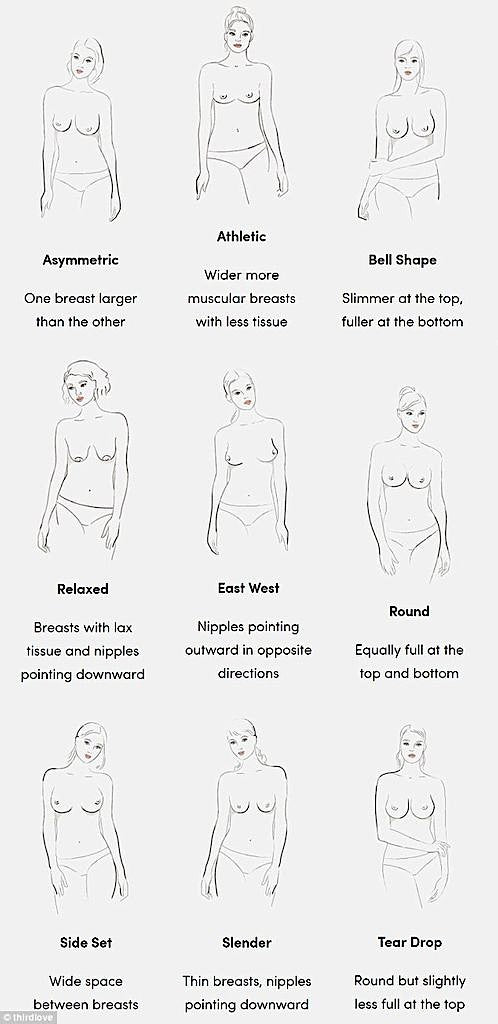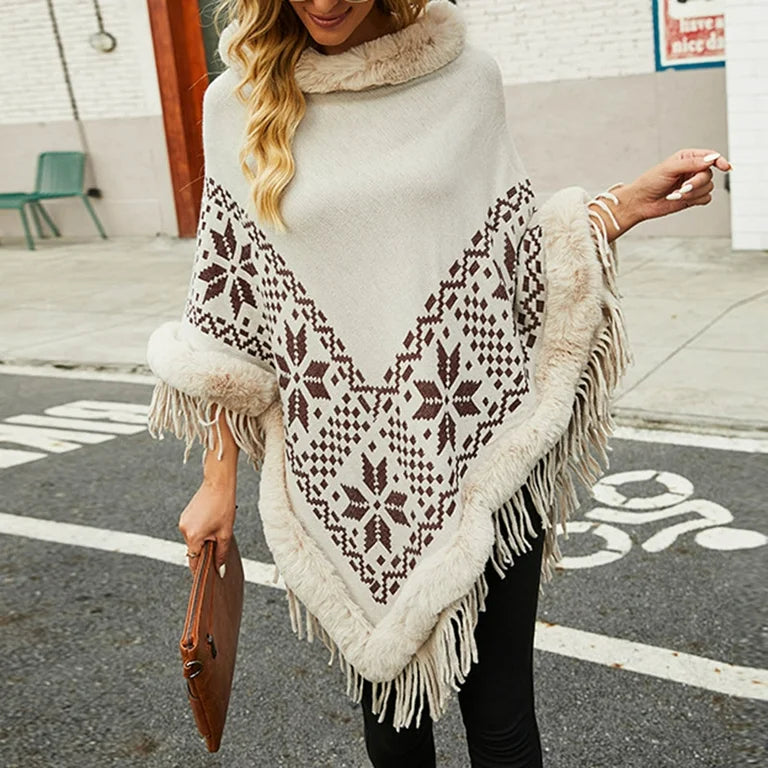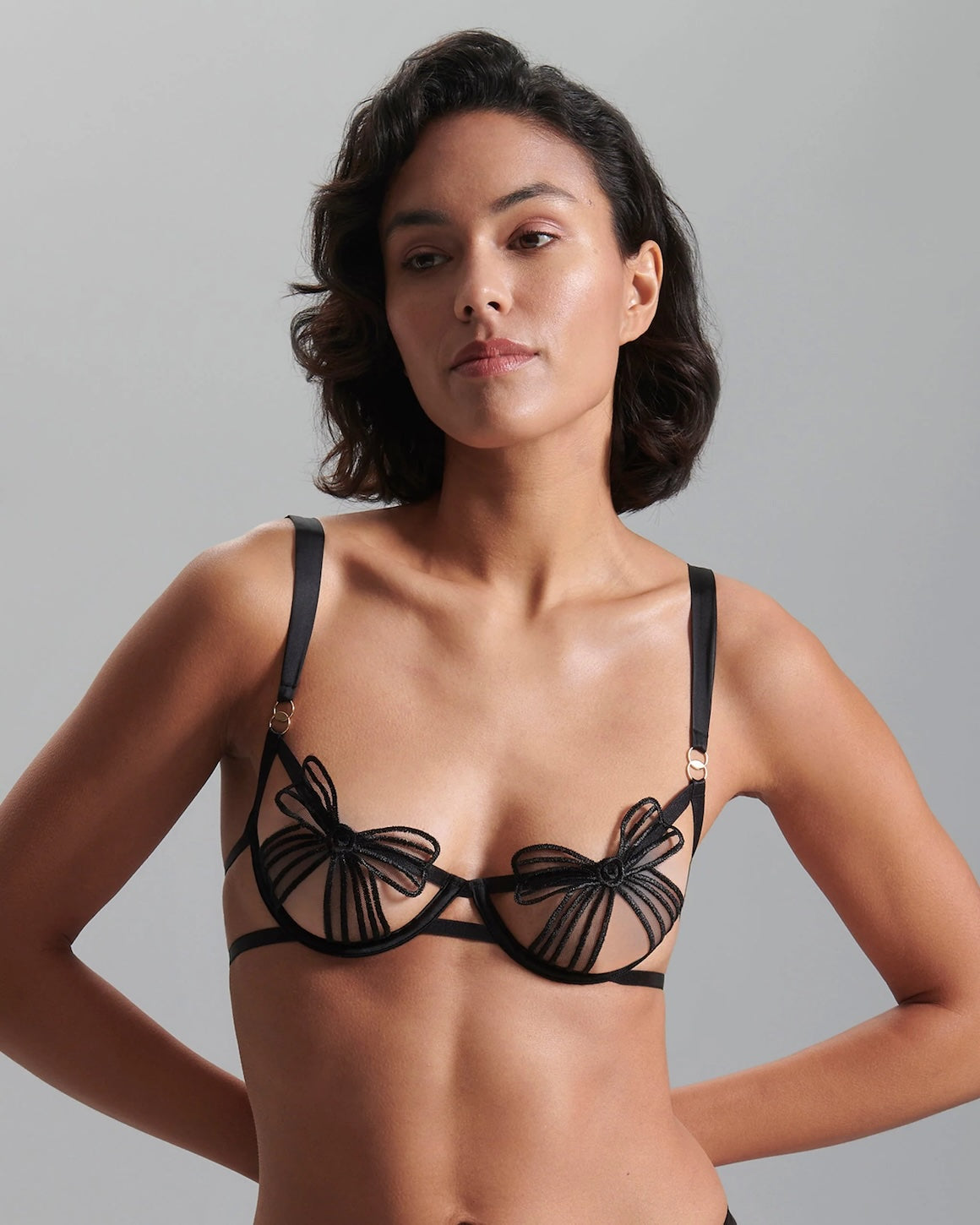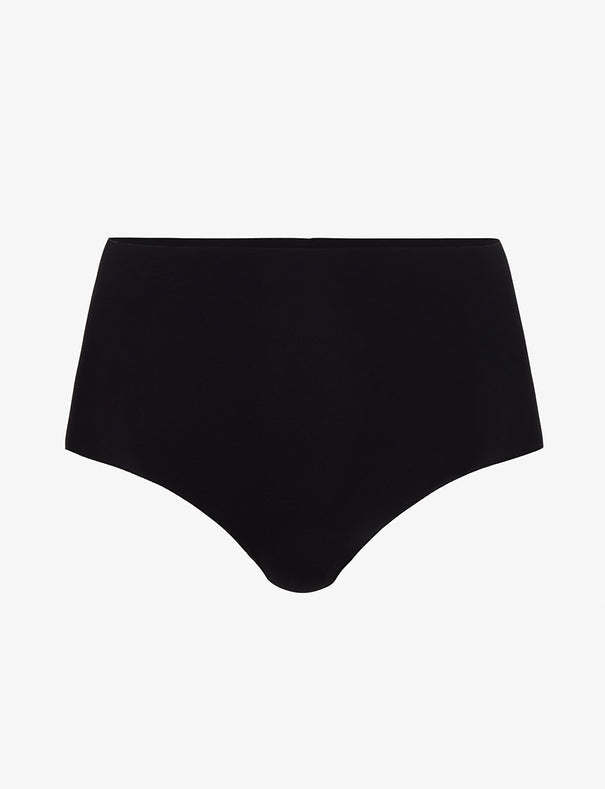Understanding the Different Types of Breast Shapes

Understanding the Different Types of Breast Shapes: A Guide to Fit and Comfort. Breasts come in a wide variety of shapes and sizes, and each one is unique. Resources like a breast shape chart and a breast shape dictionary can help you visually identify and understand your own breast types.
While individual differences are completely normal, understanding general breast shape types and the different shapes they come in can be especially helpful when choosing well fitting bras, swimwear, or shapewear that complement your body.
In this guide, we’ll explore the most common breast types, their defining characteristics, and how knowing your shape, including the different shapes, can improve comfort and confidence in your clothing choices.
Why Breast Shape Matters for Fit
Breast shape impacts how different bras and clothing fit and feel. For example, some shapes benefit from more support along the sides, while others may need more lift from the bottom or separation in the center, and cup sizes also play a role in determining the best fit and support. Knowing your shape can help you avoid common issues like spillage, gapping, or underwire discomfort and make shopping for bras and clothing more efficient and comfortable.
Factors Affecting Breast Shape
Breast shape is the result of a complex interplay between genetics, hormones, and lifestyle choices. Your unique breast shape, whether bell shaped, east west, or another type, is largely determined by your genetic makeup, which influences the amount and distribution of breast tissue, overall fullness, and nipple placement. Hormonal changes throughout life, such as those experienced during puberty, pregnancy, breastfeeding, and menopause, can also cause noticeable shifts in breast shape. For example, women with bell shaped breasts may see their shape change with weight fluctuations, while those with east west breasts might notice their nipples point outward more during pregnancy or hormonal shifts. Lifestyle factors, including exercise routines, weight changes, and the natural aging process, can further impact the firmness and position of breast tissue. Understanding these influences can help you appreciate your shaped breasts and make informed choices about bras and breast health as your body changes over time.
Common Breast Shapes
The common shape is the archetypal, round, and full breast with a small nipple point, which is most often used as a model by bra manufacturers.
Here are some of the most common breast shapes, along with tips on selecting the most suitable bras for each type:
1. Round Breasts
Characteristics: Round breasts are full at both the top and bottom, giving them a balanced, circular, and rounded shape. They often have a naturally lifted appearance and don’t require much structural support to achieve fullness.
Best Bras: Most styles work well for round breasts, as they typically suit a variety of bra types, from demi cup to balconette, due to their even distribution. Lightly lined or unlined bras can complement the natural shape, and if you’re looking for a defined look, plunge bras add a gentle lift.
2. Asymmetrical Breasts
Characteristics: Most women have asymmetric breasts to some degree, and it is completely normal for one breast to be slightly larger or shaped differently than the other. When there’s a more noticeable difference in size, this is referred to as asymmetric breasts. Practical solutions include cosmetic options like breast reduction or lifts, as well as specialized bras designed to achieve a more balanced appearance.
Best Bras: Look for bras with removable padding or adjustable inserts, which allow you to balance the appearance by adding volume on one side. Bras with stretchable cups or soft fabrics, such as bralettes, can also adapt to the natural difference between breasts.
3. Teardrop Breasts
Characteristics: Teardrop shaped breasts are rounded at the bottom with slightly less fullness at the top, creating a soft, sloping appearance that resembles a teardrop. Tear drop breasts are similar to bell shaped breasts but have a more gradual slope from the top to the bottom.
Best Bras: Teardrop breasts benefit from bras with some lift, such as a plunge or demi cup bra, to create fullness at the top. Contour or padded bras can also enhance the overall shape while providing support.
4. Bell Shaped Breasts
Characteristics: Bell shaped breasts tend to be fuller at the bottom but narrower and less full at the top. They often appear longer and may require more lift to create balance.
Best Bras: A full coverage or supportive underwire bra can provide the lift needed for bell shaped breasts. Look for bras with structured cups that lift from the bottom, such as push up or balconette styles, to provide shape and volume.
5. East-West Breasts
Characteristics: East west breasts have a natural outward splay, with nipples that often point in opposite directions. This shape creates a slight separation between the breasts.
Best Bras: T-shirt bras or plunge bras are ideal for creating a more centered appearance. Bras with side support panels or molded cups help bring the breasts inward, offering a more unified silhouette.
6. Side-Set Breasts
Characteristics: Side set breasts are spaced widely apart, with more distance between them in the center. Side set breasts are sometimes referred to as wide set breasts, which are characterized by a significant gap between the breasts. They can appear similar to east west breasts, but the overall shape is often fuller and less splayed.
Best Bras: Look for plunge or push up bras with padding that centers the breasts. These styles bring the breasts closer together, filling in the space and providing a balanced look.
7. Athletic Breasts
Characteristics: Athletic breasts tend to have less tissue and appear more muscular or firmer than other types. They may be smaller in size and less rounded. Slender breasts, which are narrow and long, are often seen in athletic or smaller breasted individuals.
Best Bras: Athletic breasts often do well with lightly lined or unlined bras, bralettes, and wireless bras. Certain bra styles are designed to flatter slender shapes by providing a natural lift. If you’re looking to add more volume, a padded or push-up bra can enhance the shape and provide a fuller look.
8. Relaxed Breasts
Characteristics: The relaxed breast shape is characterized by lax tissue and a natural downward slope. Relaxed breasts often have nipples pointing or that point downward, which is a common feature due to the looser tissue.
Best Bras: Supportive bras with structured cups and underwire are ideal for relaxed breasts. Full coverage bras, balconette, and push up styles can provide lift and a more rounded appearance, supporting the natural shape and helping to lift nipples that point downward.
9. Conical Breasts
Characteristics: Conical, or cone shaped, breasts have a narrower, more pointed shape, often seen in smaller breast sizes. They may lack fullness at the top or bottom, giving them a triangular appearance. Tubular breasts are a type of conical breast, characterized by a narrow base and a downward sloping top.
Best Bras: Look for bras with molded or padded cups to create a fuller, rounded look. T-shirt bras or lightly lined bras work well by adding shape without adding excessive volume.
10. Close Set Breasts
Close set breasts are characterized by a minimal gap between the breasts, with the breast tissue sitting close together and the nipples often pointing slightly inward. This breast shape can make finding the right bra a bit challenging, as cups may gap or the band may ride up if the fit isn’t just right. Women with close set breasts are sometimes more prone to experiencing quad boob, where breast tissue spills over the top of the cup. To address these challenges, look for full coverage bras or wireless bras that offer ample support and help contain the breast tissue comfortably. Bras with a lower center gore or plunge styles can create a more separated appearance and prevent discomfort in the center. Removable padding and additional support features can also help you achieve a smooth, flattering fit. By understanding the unique needs of close set breasts, you can choose coverage bras that provide both comfort and confidence for everyday wear.
Understanding Breast Size and Its Role
Breast size is just as important as breast shape when it comes to finding the right bra and achieving a comfortable, supportive fit. Women with larger cups often need full coverage bras or sports bras that offer proper support and help distribute the weight of the breast tissue evenly. These styles can prevent discomfort and provide a secure fit for fuller breasts. On the other hand, those with smaller breasts or less breast tissue may prefer t shirt bras, bralettes, or other minimalist styles that enhance their natural shape without adding bulk. Athletic shapes, which typically have less breast tissue, may benefit from light support and flexible coverage bras, while relaxed breast shapes often require bras with more structure and coverage to maintain a lifted appearance. Understanding your breast size, along with your natural shape, can help you identify the right bra style, whether you need a solution for a wide center gap, uneven nipple placement, or simply want to enhance your silhouette. No matter your cup size, choosing the right bra ensures comfort, support, and confidence every day.
Choosing the Right Bra for Your Breast Shape
Knowing your breast shape can greatly improve your experience with bras and shapewear. Here are a few tips to keep in mind:
-
Assess Your Natural Shape: Understanding the natural tendencies of your breasts, whether they’re fuller at the top or bottom, spread apart, or close set, helps you prioritize features in a bra that will complement those characteristics.
-
Comfort Comes First: Regardless of shape, comfort should be a priority. A well fitted bra should support your shape without causing spillage, gapping, or discomfort.
-
Try Different Styles: Don’t be afraid to experiment with different bra styles, such as plunge, push up, full coverage, or bralette, to find the best fit and support for your breast shape. Visiting a professional fitter can also provide insight into which bras work best for your specific shape.
Some women may also consider breast implants to achieve their desired shape. The type and placement of breast implants can influence the final appearance and help achieve specific aesthetic goals.
Embracing and Caring for Your Unique Shape
Embracing your unique breast shape is an important part of self care and body confidence. Every breast shape, whether teardrop shaped breasts, conical breasts, or another type, deserves to be celebrated for its individuality. By understanding your natural shape, you can choose bras that enhance your silhouette, such as styles that create cleavage for teardrop shaped breasts or offer additional support for conical breasts. Prioritizing comfort and fit is key: opt for bras that support your shaped breasts without causing discomfort, and don’t hesitate to try different styles until you find what works best for you. Caring for your breasts also means practicing regular self examinations to monitor for any changes, wearing well fitting bras, and avoiding exposure to harmful substances. Remember, there is no one “ideal” breast shape, what matters most is feeling comfortable and confident in your own skin. By embracing and caring for your unique breast shape, you can foster a positive body image and support your overall well being.
Final Thoughts
Breast shape is a unique and individual trait, and understanding your type, while recognizing that there are many other shapes and variations, all valid and unique, can empower you to find bras and clothing that support and flatter your natural form. Embracing your shape and choosing pieces that enhance your comfort and confidence is key to feeling at ease in your body and style. With the right knowledge, you can find bras that fit well, look great, and provide the perfect balance of support and style.
Check out our homepage Olivia Paisley


